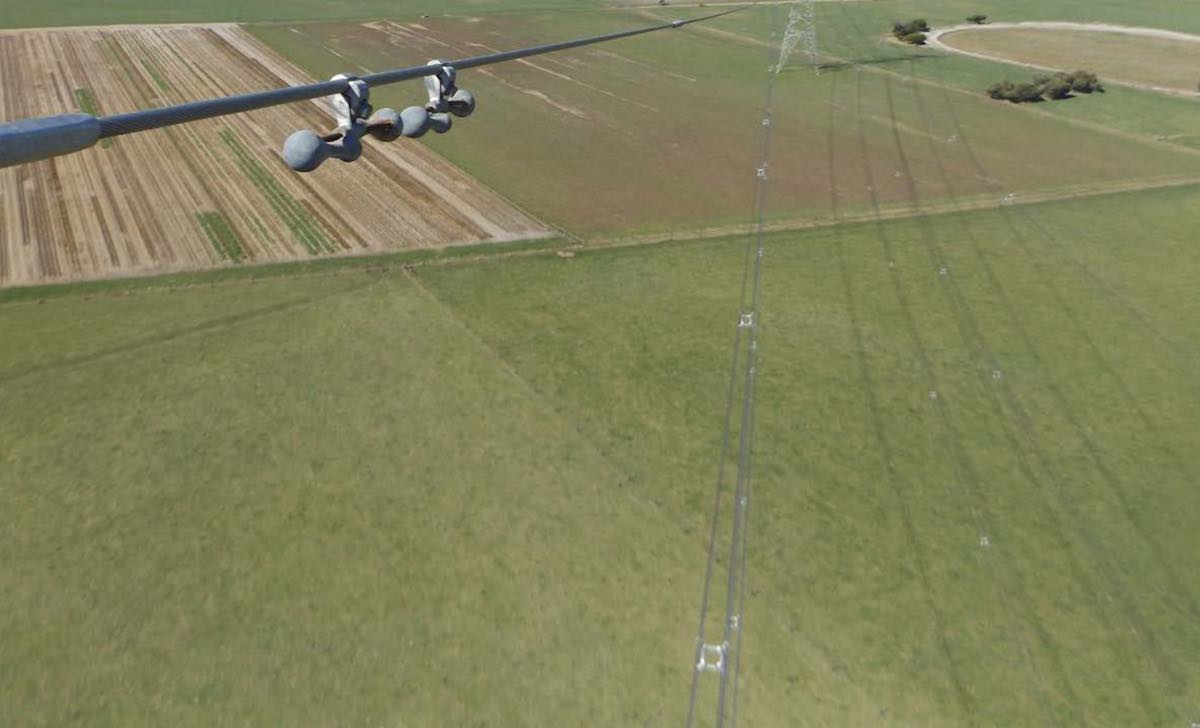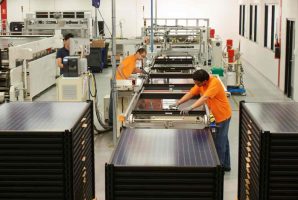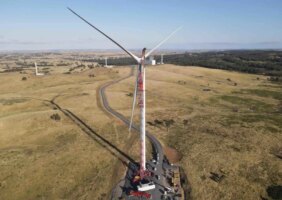The final route of a massive electricity network upgrade that promises to unlock huge amounts of new large-scale wind and solar in western Victoria has been narrowed down to just a few alternative corridors, ahead of an updated proposal expected to be made mid-year.
ASX-listed AusNet Services this week unveiled the latest design for the Western Victoria Transmission Network Project, which proposes a new transmission line stretching nearly 200km from Bulgana, in Victoria’s west, to the north-western Melbourne suburb of Sydenham.
AusNet said the changes to the Western Victorian Transmission Network Project – pictured in the map below – brought it a step closer to being realised, as the first major grid upgrade for the state in 30 years and a “critical” piece of its renewable energy puzzle.

According to the Australian Energy Market Operator – which is responsible for the planning of the Victorian transmission network and which selected AusNet’s Mondo for the WVTNP job through a competitive tender – the state connected more new generators to its grid over the 2019-2020 period than in any other NEM state, or than in any previous reporting period.
This has been important progress for Victoria, which is working towards targets of 40% renewables by 2025 and 50% by 2030, but it has also laid bare the inadequacies of a grid that was built decades ago based on a centralised, coal-fired system.
In western Victoria, the problem has been particularly severe, leading to delays to the commissioning of completed wind and solar farms and constraints to the output of already operational projects – and giving the local network the unfortunate nickname, “Rhombus of Regret.”
As it stands, renewable energy in the region currently has a combined generation of approximately 4200MW connected, but according to AEMO’s estimations, with the right infrastructure it has the potential for a further 8600MW.
AusNet says that unlocking these vast reserves and making them available to the national electricity market will also play a key role in network reliability and the further reduction of the state’s electricity prices.
“Transmission upgrades are a major step toward enabling the potential of Australia’s green energy boom, this project is a major piece of the puzzle to facilitate that in Victoria,” said AusNet’s executive project director, Stephanie McGregor.
“Once built the Western Victoria Transmission Network Project is expected to deliver substantial benefits to electricity consumers and the region over the life of the project.”
But just as transmission upgrades like this one promise to open the floodgates to renewables, they are also shaping up as the new battlefront for the industry, as regional communities push back against the arrival of massive transmission towers and overhead lines – and in this case a new terminal station – in their back yards.
At least one community group has come out firing already, claiming that the WVTNP will “cause immeasurable economic damage to local farmers and irreparable harm to the environment and landscape – to say nothing of the amenity and liveability of our region and the wellbeing of residents.”
The group, a coalition of local landowners, residents and businesses that calls itself Stop AusNet’s Towers, is calling on governments to guarantee “full, genuine consultation, conduct and independent analysis” of alternatives to overhead lines, including underground options.
“We support renewable energy and want green energy generated in Western Victoria connected to the rest of the state. But overhead powerlines are unsafe, inefficient and will destroy our precious landscape,” said the group’s spokeswoman Emma Muir. “Underground transmission might be more expensive to install, but it’s safer and more efficient.”
The Victorian government, to this end, just last week announced the establishment of a separate entity, called VicGrid, to oversee all of the state’s transmission upgrade projects and – crucially – work with local communities and Traditional Owners to ensure their concerns are being heard.
“Our plan will deliver investment for regional Victoria, and we aim to build the social licence before proceeding,” Victorian’s energy minister Lily D’Ambrosio said on announcing the new body.
AusNet, meanwhile, has this week invited affected communities to nominate consultation groups, to enhance communication both within the community and between the community and the project. A series of community information sessions will also be held in the various communities starting in March.
The latest design for the WVTNP proposes no changes to the new high-voltage electricity line starting at the Bulgana Terminal Station near Stawell alongside the existing line to the Waubra Terminal Station (section one), nor to section three, from Creswick North, east to Railway Weir, north of Gordon. But it does offer three options for the corridior that will run south Waubra to Creswick North; and two options for section four, which runs from Railway Weir north of Gordon, to Coimadai.










